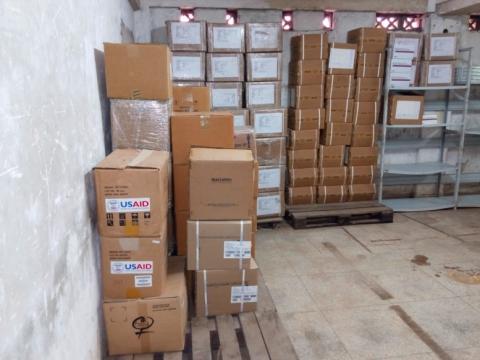In Angola, the Ministry of Health’s National Institute in the Fight against AIDS (INLS) works diligently to maintain sufficient levels of ARV stock in the country’s health facilities where clients access treatment and receive medications.
Despite these efforts, Angola has experienced times when 1) facilities have limited or incomplete regimens to dispense to patients, leading to stockouts; 2) stock stored at central and provincial warehouses is not transferred to health facilities in a timely way, leading to delayed treatment for patients on ARVs; and 3) commodities stored past their recommended shelf life are no longer usable, leading to overstock.
For example, in January 2017, nine President’s Emergency Fund for AIDS Relief (PEPFAR)-focused health facilities experienced a stockout of pediatric lopinavir/ ritonavir oral solution, limiting the use of oral solutions for pediatric regimens.
